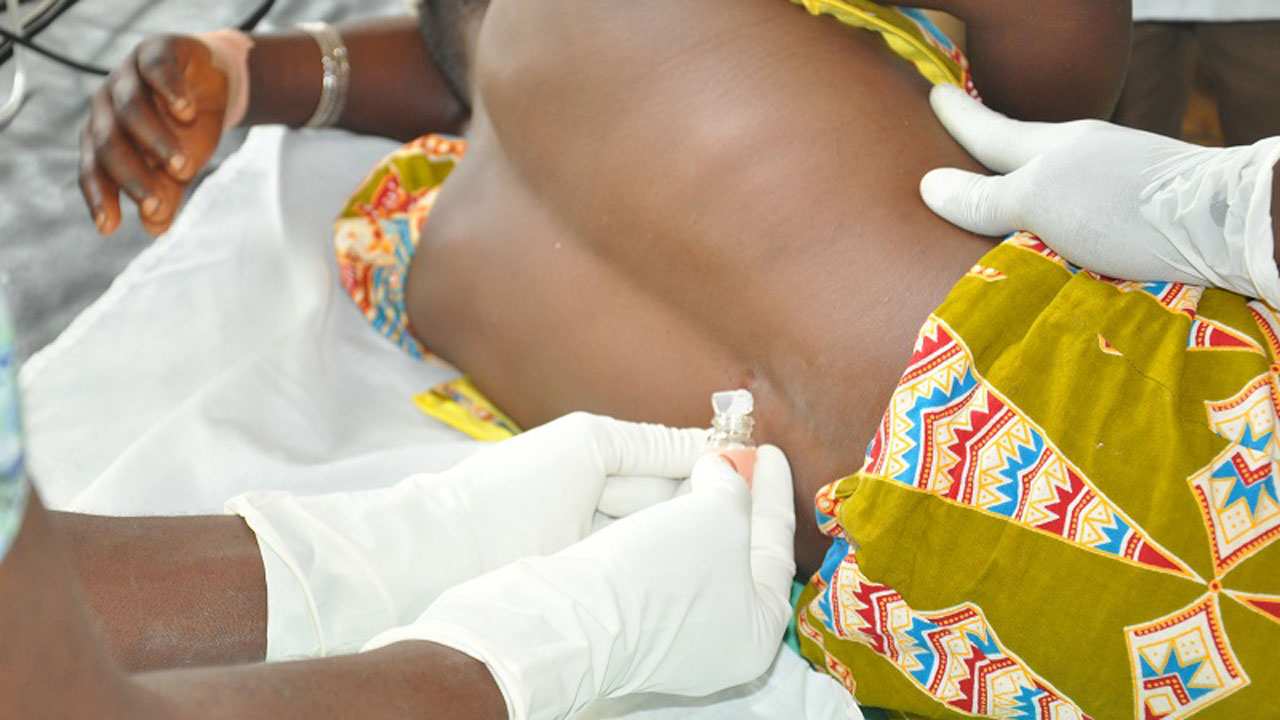
• Administers 2.3m doses of vaccine in four states
• Confirms 1,035 Lassa fever cases, 174 deaths
About 4,915 suspected cases of Cerebrospinal Meningitis (CSM) were recorded in Nigeria between 2023 and 2024 across 174 local councils in 24 states and the Federal Capital Territory (FCT).
Of the number, 380 were confirmed cases, and 361 were deaths.
However, 2,281,750 doses of the Men5CV vaccine have been administered in Bauchi, Gombe, Jigawa and Yobe states, covering 134 wards in 13 local councils under a campaign targeted at individuals aged 29 years and below, comprising 70 per cent of the population.
Meanwhile, the Nigeria Centre for Disease Control and Prevention (NCDC) has issued a public health advisory for Nigerians to take the appropriate vaccination required to protect themselves against meningitis as the dry season sets in.
Also, about 8,569 suspected cases of Lassa fever were recorded across 28 states and 129 local councils as of October 13, 2024, with 1,035 confirmed cases and 174 deaths.
Director-General of NCDC, Dr Jide Idris, who advised yesterday, in Abuja said the highest burden of CSM in Nigeria occurred in the ‘Meningitis Belt’, which includes all 19 states in the North, the FCT and some southern states such as Bayelsa, Cross River, Delta, Ekiti, Ogun, Ondo and Osun.
According to him, CSM occurs when there is acute inflammation of the covering of the brain and the spinal cord. “This inflammation can be caused by infection with any of the following organisms: bacteria, viruses, parasites or fungi. Injuries and certain drugs can also cause such inflammation,” he added.
Idris explained CSM as an epidemic-prone disease with cases reported all year round in Nigeria. However, weather conditions like the dry season that comes with dust, winds, cold nights and frequent upper respiratory tract infections increase the risk of infection, especially with crowding and poor ventilation, he noted.
He observed that despite significant progress in surveillance, diagnostic capacity and vaccination over the last few years, CSM remained a priority disease and ever-present public health threat in Nigeria with yearly outbreaks in high-burden states that present a challenge for people, health systems, economies and communities.
The Guardian gathered that CSM initially presents with fever, headache, nausea and vomiting, photophobia (pain on looking at bright lights), neck stiffness and altered conscious levels. It may be more difficult to observe these signs in younger children, but irritability, poor feeding and inactivity are common.
Idris highlighted the need to practise proper respiratory hygiene when coughing or sneezing, discourage indoor air pollution, such as indoor cooking over open flames, keep the environment clean and visit the nearest health facility immediately if one notices any of the signs and symptoms associated with CSM, and avoid self-medication to prevent antimicrobial resistance and ensure proper diagnosis and early treatment.
NCDC cautioned Nigerians to avoid drying food stuff outside on the ground or roadside, where it is at risk of contamination, discourage bush burning and eliminate rats in homes and communities through appropriate and safe means.
Disclosing this yesterday in Abuja, the DG noted that the agency had continued to see a steady increase in the number of states reporting Lassa fever cases, adding that the rise was due to improved surveillance, better community awareness, environmental degradation from climate change and other harmful human activities.
He observed that in 2022, Nigeria reported 1,067 confirmed cases across 27 states and 112 local councils while in 2023, 28 states and 114 councils reported confirmed cases, with 9,155 suspected cases, 1,270 confirmed cases and 227 deaths.
Lassa fever outbreaks, Idris said, are highly virulent and the loss of human lives resulting from disease are not just statistics but represent the death of beloved family members.
He added that healthcare workers were also not exempted, as there was a high chance of infection if proper prevention and control measures were not observed.
Also, experienced healthcare workers may die, further straining the country’s already insufficient human resources for health.
Idris observed that Lassa fever is an acute Viral Haemorrhagic Fever (VHF) caused by the Lassa virus, adding that “the natural reservoir for the virus is the multimammate rat while other rodents can also act as carriers of the virus.”






